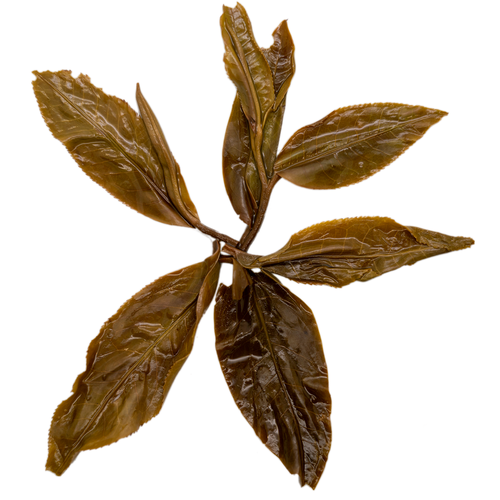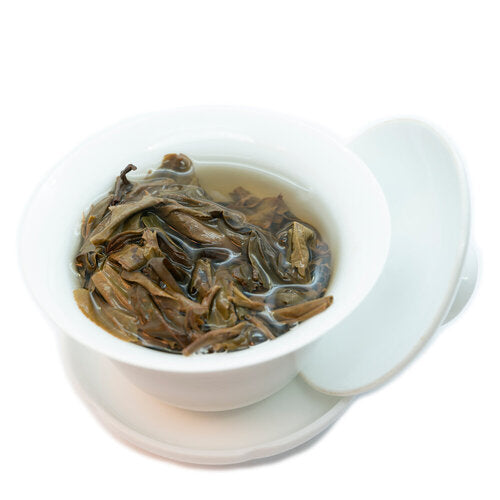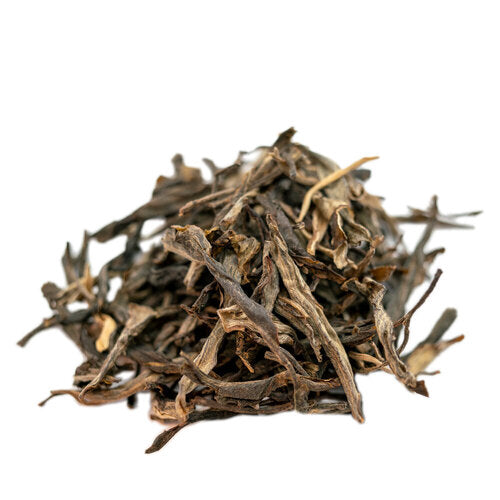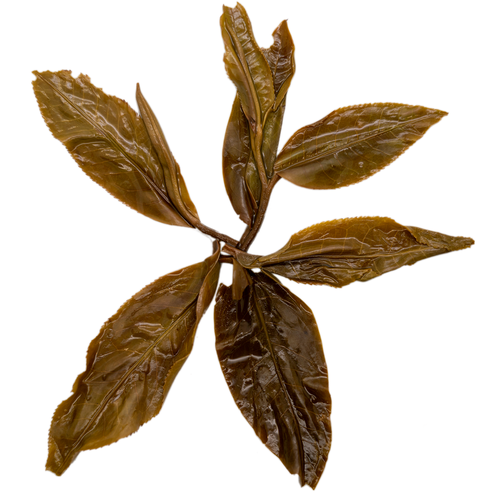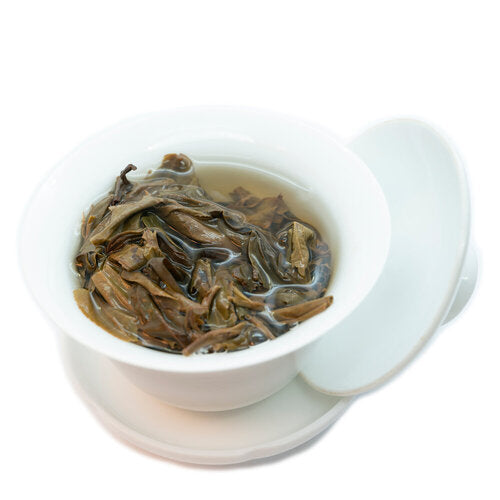Green Tea - Sheng Pu
Nan Nuo Shan Ban Po Lao Zhai 南糯山半坡老寨
Weighty, full-bodied with comfortable bitter end note
Regular price
$427.00 USD
Regular price
Sale price
$427.00 USD
Unit price
per
Couldn't load pickup availability
Vintages:
Ban Po Lao Zhai - Spring 2019: Vegetal, with bold tannins and a floral finish
Ban Po Lao Zhai - Spring 2018: Tastes like apple butter with a bitter end
Ban Po Lao Zhai - Spring 2017: This vintage is like silky sweet flowers
Ban Po Lao Zhai - Spring 2016: Earthy, woodsy, with notes of biscotti and orange peel
Ban Po Lao Zhai - Spring 2015: Tastes like candied fruits with a lingering sweetness and a floral finish
Share
